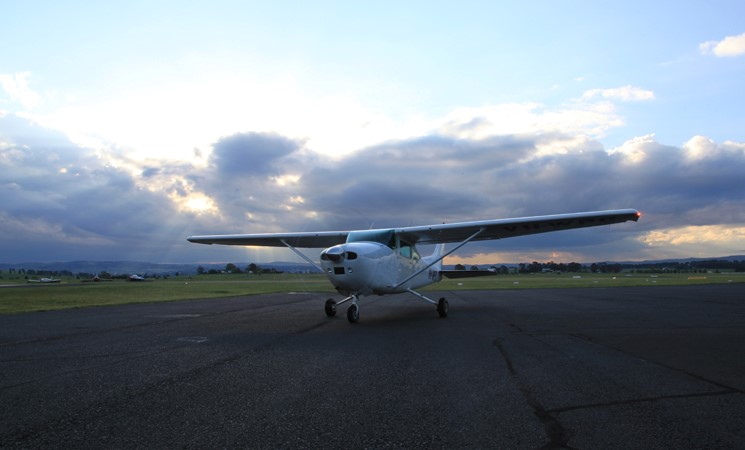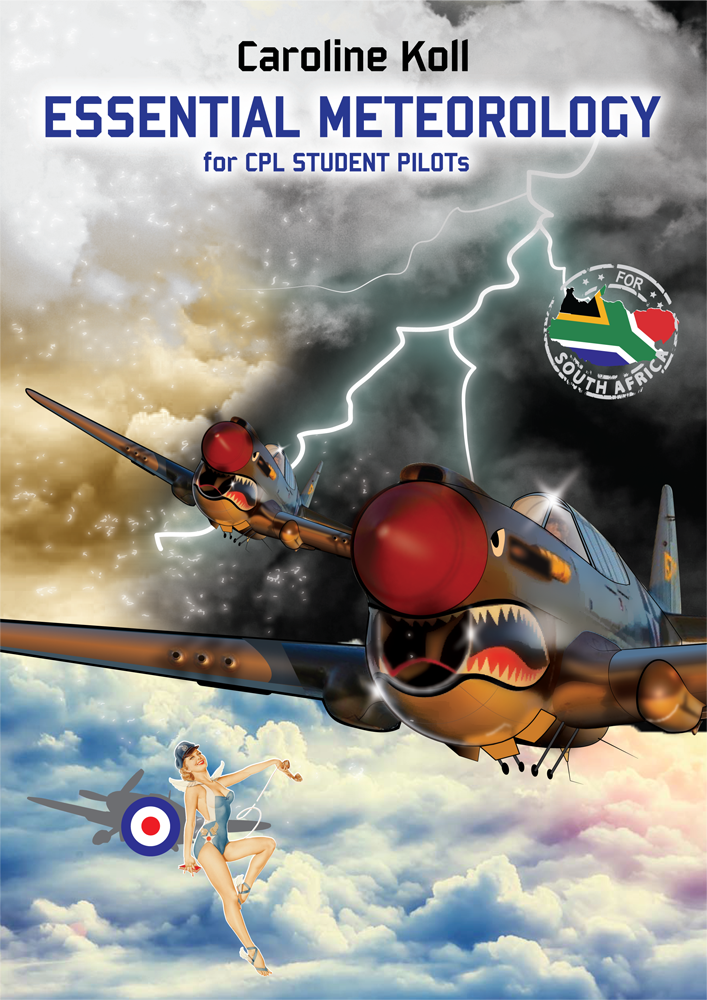
Cold fronts are a common phenomena at certain times of the year, and just like thunderstorms, a good understanding of them will go a long way in helping you to plan your flight, and of course, keep you safe.
Without sounding like a meteorologist, a cold front occurs where a cold air mass undercuts a warm air mass. The cold air is heavier and therefore wedges beneath the warm air, forcing it to rise. Warm air is usually moist, and if it is also unstable, it will cool adiabatically leading to the formation of cumulus (CU) or cumulonimbus (CB) clouds, which are associated with showers and thundershowers.
Characteristics of a cold front
Fronts generally move from west to east. The speed of the front is dependent on the intensity of the high pressures, which precede and follow the front. Cold fronts can also be either fast, or slow moving:
- Fast moving: If the HP is more intense to the rear of the cold front, it will move faster, and towards the NE. Cu or Cb clouds bring showers and thundershowers.
- Slow moving: If the HP is more intense ahead of the warm front, it will slow the speed of the front and push it to the SE. As or Ns clouds with steady rain.
How would you know that a cold front is on its way?
Apart from looking at weather forecasts, here are a few obvious signs:
- Temperature – A sudden drop as cold air moves it, after front it remains low but steady.
- Dew Point – Drops markedly.
- Visibility – Decreases with the approach, worst through the rain sector and becomes excellent after the passage of the front.
- Pressure – Reduces steadily with the approach, drops suddenly during the passage of the front and rises slowly after the passage.
- Wind – Sharp backing (left) of the wind from NW to SW.
- Cloud – Ci clouds signify the approach, which then thicken to Cs or As. Ns, St and Sc are found in the warm sector. At the cold front itself, expect Cb or Cu further west.
What flying conditions can you expect during a cold front?
Due to a sharp drop in temperature, icing is a very real threat. In low powered aircraft, it is probably best to land as soon as possible! Avoid Cu and Ns clouds. Icing temperatures can range from 0°C to -20°C.
Winds can be very strong, but reduce with an increase in height. Turbulence is likely, even if you do not see turbulent type clouds e.g. Cu
Can you fly through a cold front?
Remember, that here we have a cold air mass wedging itself under a stationary warm air mass, so we a have lifting action, which leads to the development of vertical clouds such as Cu and Cb. A cold front is therefore characterised by large cumulus or cumulonimbus clouds, bringing about thunderstorms, a sudden drop in temperature, rapid changes in wind direction and heavy rain showers.
The most obvious conclusion is that these conditions are potentially dangerous, and flying into a cold front should be avoided at all costs. Cold fronts are usually short in duration, and the weather usually clears rapidly following the passage, so waiting it out is the best option.



